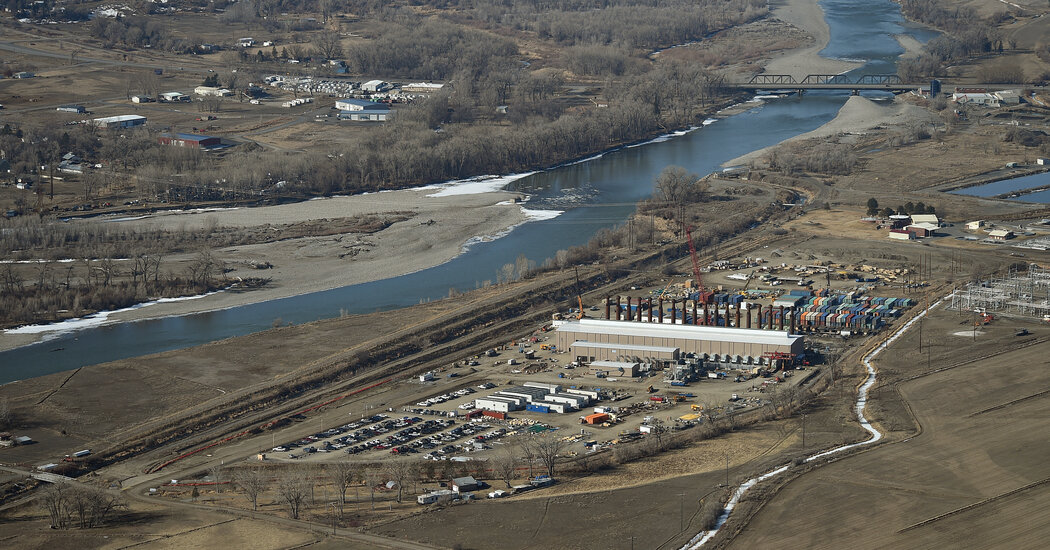Nitrogen oxides, a group of gases from the burning of fossil fuels, is linked to a range of health effects.
A rule proposed by the Environmental Protection Agency on Friday could better protect communities against pollution from natural gas plants.
For the first time in almost two decades, the rule would update emission limits of nitrogen oxides, a group of gases that are harmful air pollutants produced from burning fossil fuels. The emissions can contribute to asthma and respiratory infections, especially in children, older people and those who are immunocompromised.
“These stronger standards are necessary to better protect nearby communities’ health, and the power sector has already shown that the additional pollution controls can affordably and reliably do the job,” said Joseph Goffman, the E.P.A.’s assistant administrator for air and radiation, in a statement.
The proposal was created to limit nitrogen oxide emissions from all new turbines built at power plants and industrial facilities, along with any existing turbines that are modified or reconstructed after the proposal takes effect.
The stricter standards could also lead to reductions in other types of pollution, like particulate matter and ozone, by lowering the amount available to react with other volatile organic compounds.
“Ultimately, the healthiest option for families across the nation is for power plants to stop burning fossil fuels altogether and for utilities to invest in clean and reliable renewable energy,” said Holly Bender, the Sierra Club’s chief energy officer, in a statement.
Despite advancements in pollution control technology and an increased understanding of how nitrogen oxide harms human health, limits on the amount of nitrogen oxide that can be released have not been updated since 2006.
While the Clean Air Act requires the E.P.A. to review protections against air pollution from power plants every eight years, the nitrogen oxide limits lagged for 18 years. The new standard is the result of a 2022 lawsuit brought by the Environmental Defense Fund and the Sierra Club that requires the E.P.A. to take a final action on new limits by November 2025, following a public comment period.
The fate of the proposed standard is uncertain after January, when the Trump administration takes over.
“It should not go without noting that the incoming Trump administration has repeatedly vowed to slash rules and regulations issued by agencies across the government,” said Julie McNamara, deputy policy director for the Climate and Energy Program at the Union of Concerned Scientists, in a statement.
The E.P.A. estimates the proposed standard would reduce nitrogen oxide emissions by more than 2,600 tons by 2032, producing roughly $45 million in public health benefits each year.
